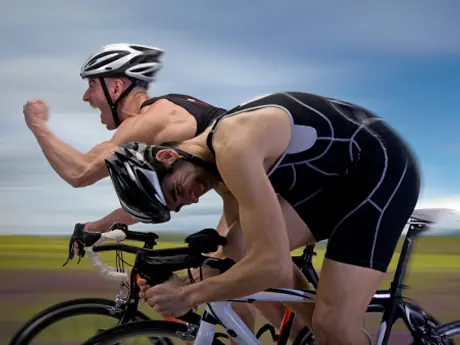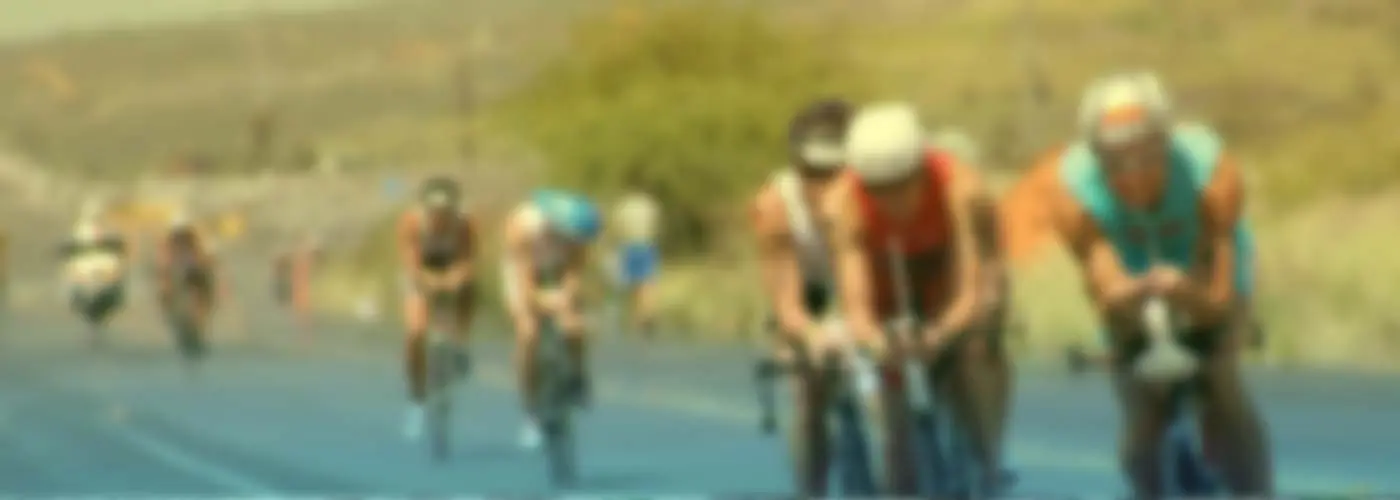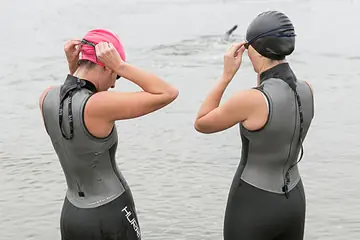
Conventional wisdom among coaches and triathlon bike fitters is that hip angle trumps all when racing in the TT position. But a new study from the University of Birmingham challenges this advice that's part philosophy and part theory.
The reason hip angle was so important is twofold: leaning over too far can create awkward hip angles beyond which the muscular force you generate decreases and the muscular pain you feel increases. This has always carried the implication that, beyond a certain point, you get diminishing returns for decreasing aerodynamic resistance. But this rationale is derived from a combination of related studies and hands-on wisdom. Some things we know from science, some from common sense and experience, and some we just "have a feel" for. The Birmingham study aimed at tackling the issue directly to give athletes harder numbers to base performances on.
More: Aerodynamics and Cycling: The Basics for Recreational Riding
The study took data from 19 competitive time trial cyclists at four specific torso angles. The researchers measured the relative exposed surface area, power output and metabolic efficiency for each condition. From this, they developed two models. The first model compared the amount of power the cyclist could produce to the estimated aerodynamic drag they would encounter at each angle. The second model compared metabolic energy cost to power generation as the torso angle changed. The test data was taken experimentally at speeds between 17 to 25 mph. For speeds faster than 25 mph, the data was extrapolated, which means they used the observed data to predict how trends would progress. It is possible (but unlikely) that actual data wouldn't follow these trends.
It's remarkable that the researchers developed two different models in this experiment. For starters, it shows that there is more than one way to approach the problem. The power-versus-drag model maximizes the difference between power generation and power loss. The power-versus-energy model minimizes the difference between the amount of power generated and amount of energy required to make it.
More: 5 Training Ideas to Increase Bike Power
Optimizing the power-drag relationship means that you're totally focused on speed. Efficiency isn't really your thing, which throws lactate threshold and metabolic cost out the window. In other words, you're not racing long. The power-energy model is more for the athlete who spells "endurance" with a capital "E."
- 1
- of
- 2
About the Author










Discuss This Article